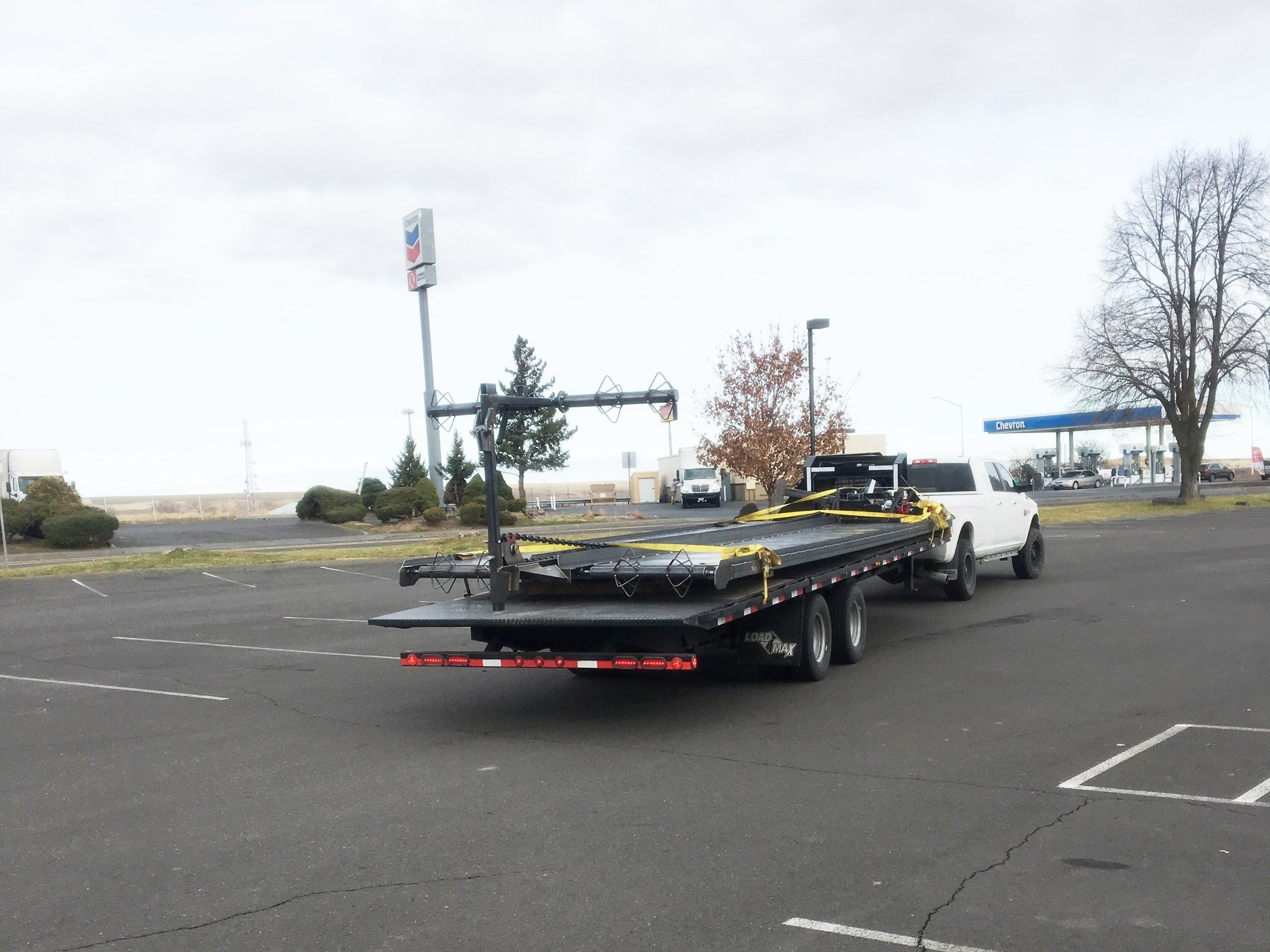
Comparing Round Bale Feeders vs. Square Bale Feeders: Which is Better?
In the world of animal husbandry, the choice between round bale feeders and square bale feeders is a crucial decision that can significantly impact the efficiency of your feeding operations. Both types of feeders have their merits, but determining which one is better for your specific needs requires a thorough understanding of their characteristics and advantages. In this comprehensive guide, we will delve into the nuances of round bale feeders and square bale feeders, helping you make an informed decision that optimizes your feeding process.
The Round Bale Feeder Advantage
1. Efficiency in Feeding
Round bale feeders are renowned for their efficiency in feeding livestock, particularly larger animals such as cattle and horses. The design of round bale feeders allows for 360-degree access to the feed, reducing competition among animals during feeding. This feature not only minimizes feed wastage but also ensures that all animals have equal access to the nutritional content of the bale.
2. Weather Resistance
One of the primary advantages of round bale feeders is their ability to withstand various weather conditions. The round shape of the feeder sheds water and snow efficiently, preventing feed from becoming soggy and unusable. This weather resistance is especially beneficial in areas prone to heavy rainfall or snowfall.
3. Ease of Use
Round bale feeders are user-friendly and require minimal manual labor. Loading and unloading bales is a straightforward process, and their design often incorporates features such as a skirt to further reduce feed wastage. This ease of use can save valuable time on the farm.
Square Bale Feeders: A Different Perspective
1. Portability and Storage
Square bale feeders are favored for their portability and ease of storage. Unlike round bales, square bales can be stacked neatly, allowing for efficient use of storage space. Additionally, their rectangular shape makes them easier to transport, making square bale feeders a suitable choice for smaller farms or those with limited equipment.
2. Minimal Waste
While round bale feeders excel in reducing competition and feed wastage during feeding, square bale feeders also have their advantages. The design of square bale feeders often includes grids or nets that further minimize waste by controlling the rate at which animals access the feed. This can be especially beneficial when feeding smaller groups of animals.
3. Cost Considerations
For some farmers, cost is a significant factor in the decision-making process. Square bale feeders are generally more affordable than their round counterparts. If you're operating on a tight budget, opting for square bale feeders can be a financially prudent choice.
Making the Right Choice
In the debate between round bale feeders and square bale feeders, there is no one-size-fits-all answer. The choice ultimately depends on your specific requirements, the type of animals you are feeding, and the environmental conditions you face. To make an informed decision, consider the following factors:
1. Animal Type and Size
Consider the size and behavior of your livestock. Round bale feeders are better suited for larger animals, while square bale feeders may be more appropriate for smaller groups or more docile animals.
2. Weather Conditions
Evaluate the prevailing weather conditions in your region. If you frequently encounter heavy rain or snow, round bale feeders may be the better choice due to their superior weather resistance.
3. Budget
Assess your budget constraints. If you need a cost-effective solution, square bale feeders may be the more economical option.
4. Storage and Transport
Think about your storage and transportation capabilities. If you have limited storage space or need to move feeders frequently, square bale feeders may be more convenient.
In the eternal debate of round bale feeders vs. square bale feeders, there is no clear winner. Both options offer distinct advantages that can benefit different farming operations. Your choice should align with your specific needs and circumstances, ensuring that you optimize your feeding process and promote the well-being of your livestock.

Post a Comment
No comments yet. Start a discussion!